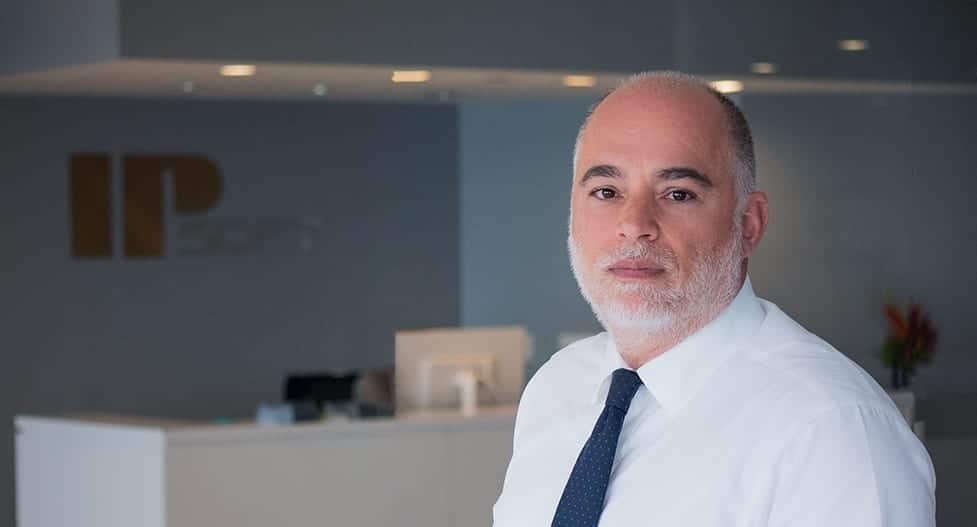Technology continues to advance in practically all aspects of daily life, including in health care. What are the best ways to take advantage of the tools of technology to achieve the “Triple Aim” in health care – decreased costs, better clinical outcomes and higher patient satisfaction?

DMU alumnus S. Vincent Grasso, D.O.’91, MSIS, M.B.A., has amassed significant expertise and experience in this area beginning back in the 1990s. The surgeon, solution/software architect and medical informaticist is the global practice lead in health care and life sciences for IPsoft, the global leader in enterprise artificial intelligence (AI) and the world’s largest privately owned AI company. He also provides primary care in an inner-city clinic for medically underserved and economically disadvantaged people in New Jersey and is chief technology officer for a Federally Qualified Health Center that serves patients on the south side of Chicago.
Dr. Grasso recently was featured in a webinar, hosted by the Association of Academic Health Centers (AAHC), titled “Implications of Advances in IT (AI Ecosystem Assets) for Academic Health Centers.” The session was facilitated by DMU President and CEO Angela Walker Franklin, Ph.D., a former AAHC board member.
During the webinar, Dr. Grasso reflected on the many impacts of COVID-19, from its economic blow that is shaping people’s spending decisions and the substantial decline in cancer screenings to the ways it’s increased the provision of health care via telehealth.
“I’m very excited about but also cautious that a lot of the dilemmas we’re witnessing through the COVID-19 pandemic have eliminated a lot of flaws in our delivery system,” he said. “Those can in fact be addressed through the judicious use of AI system assets.”
He acknowledged that AI tools can seem expensive, but their cost has declined over the years. Sound, well-planned implementation and use of AI also can reap benefits that grow proportionally and profitably. In addition, he said a “hybrid” approach that combines AI and human employees can help meet health care workforce needs that humans alone likely won’t be able to meet in the years ahead.
Dr. Grasso described “three buckets” of artificial intelligence:
- Conversational computing, in which human users interact with a computer program via text or voice chat. This can be used, for example, to check in with patients on whether they’ve acquired or taken their medications.
- Robotic process automation (RPA) – software tools that partially or fully automate human activities that are manual, rule-based and repetitive. Functions RPA can handle include appointment scheduling, claims administration and management, clinical documentation and Medicare billing.
- Machine learning (ML) – the study of computer algorithms that improve automatically through experience in order to make predictions or decisions without explicitly being programmed to do so. Among its capabilities, this tool can analyze data in electronic medical records as well as non-EMR data to reveal, for example, that a diabetic patient is non-compliant with his care plan because he has lost his job, eats a lot of cheap fast food and has to take two buses to get to his medical appointments.
Understanding how and when to use these “buckets” and how to integrate them effectively in a health care organization, Dr. Grasso emphasized, requires that representatives from the organization’s clinical, technical and business teams. That reality supports his recommendation that future health care providers gain an understanding of health care’s “business side and technical fundamentals required in a digital age.”
“Think of the benefit they’d bring to their residency program and the benefit they’d eventually bring to their clinical practice,” he said. “I think it begins in medical school.”
Dr. Grasso summarized that “well-constructed design, integration, deployment and management of conversational computing, RPA and ML into the evolving decentralized health care delivery landscape will yield sizable cost savings, improved clinical outcomes and increased patient satisfaction.” Click here to watch his entire presentation.

